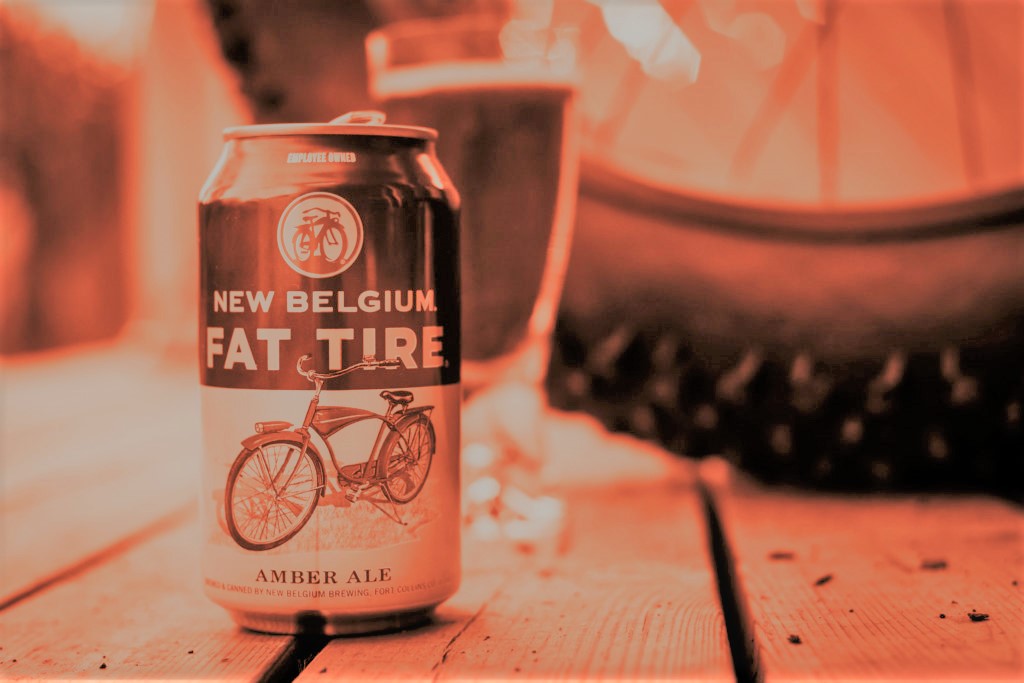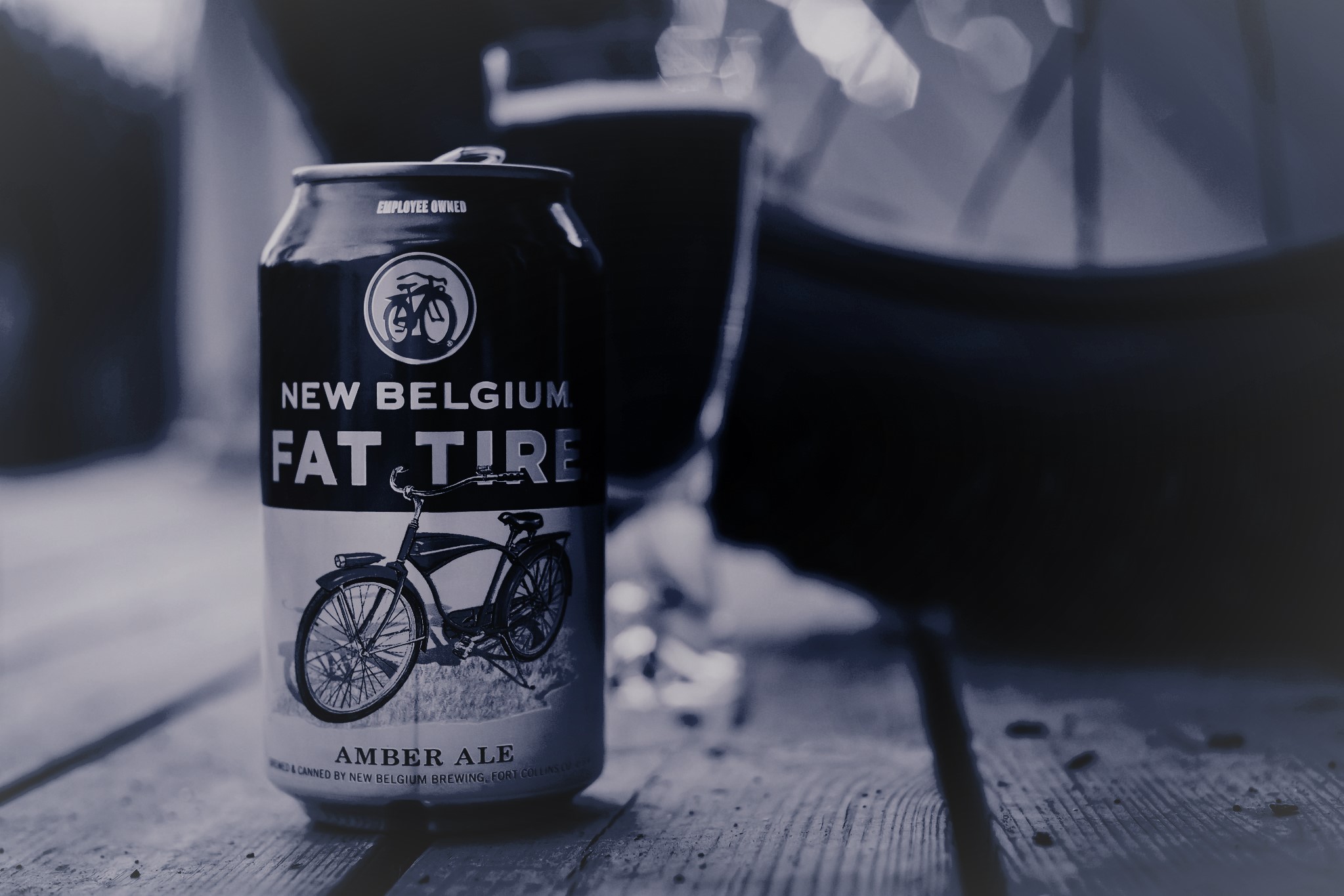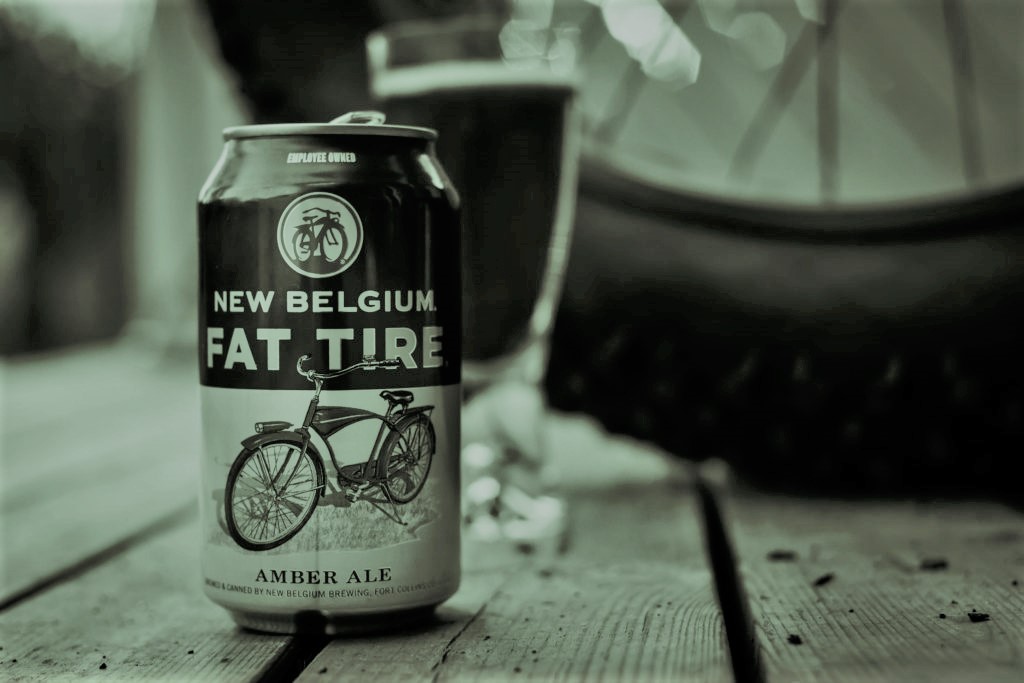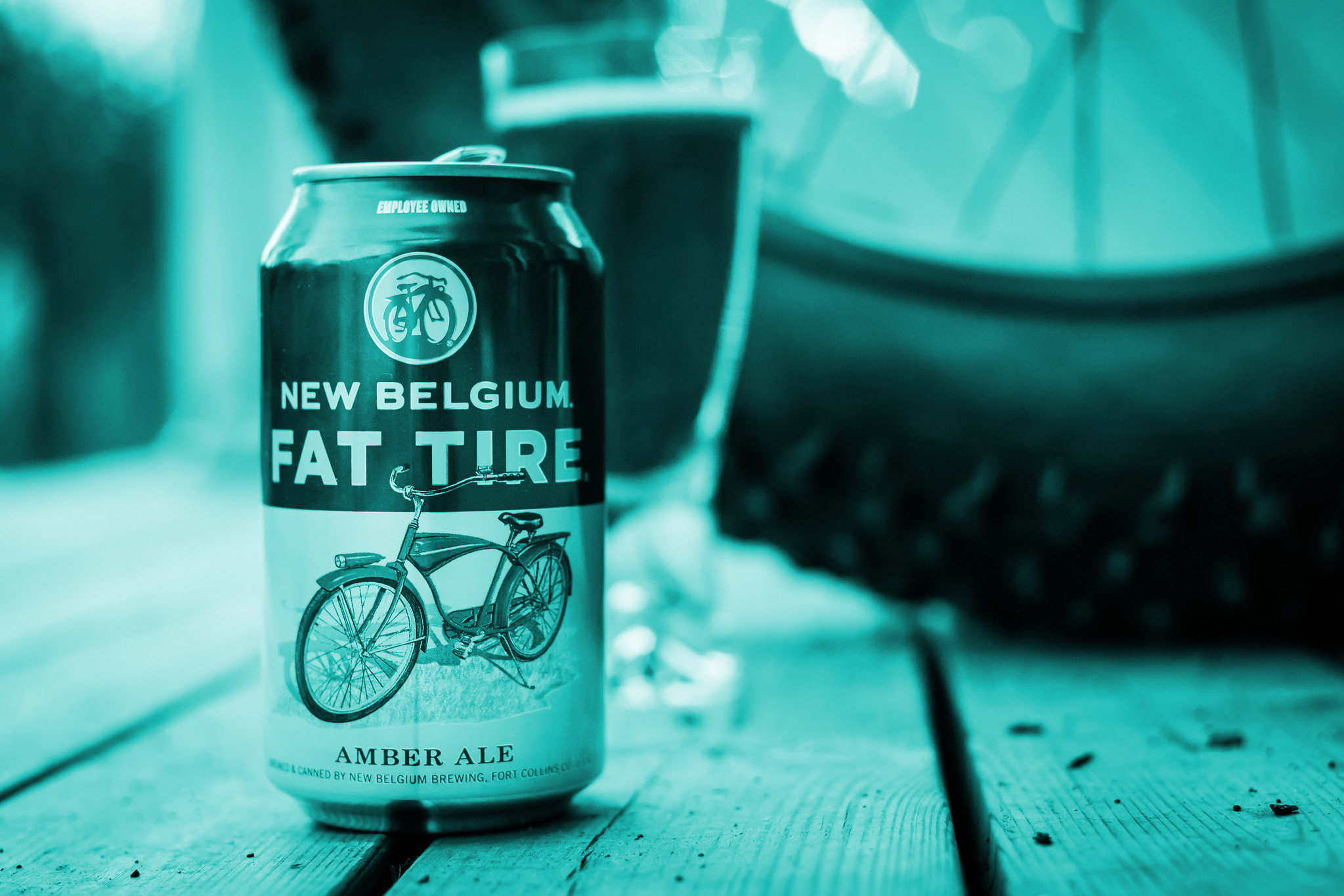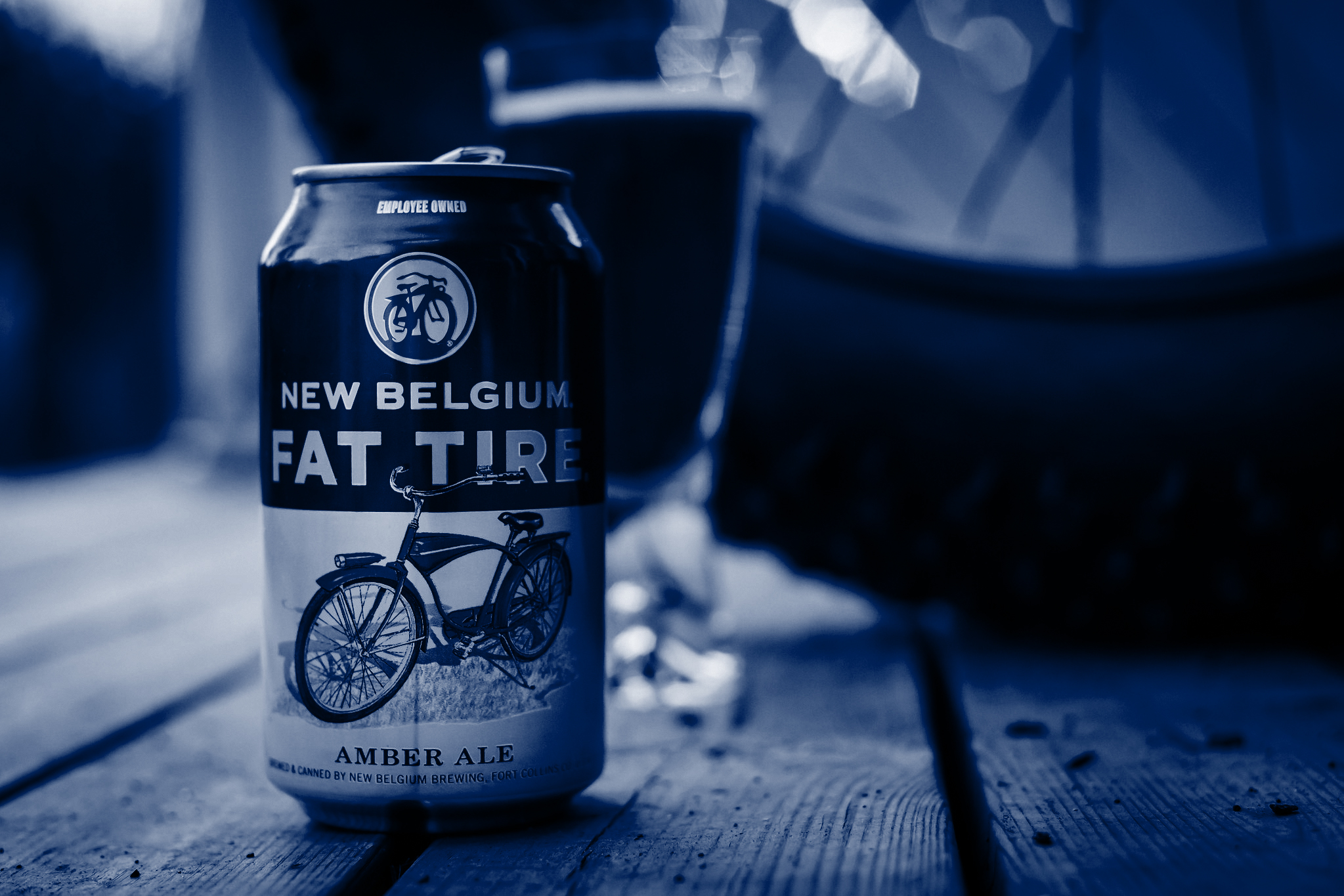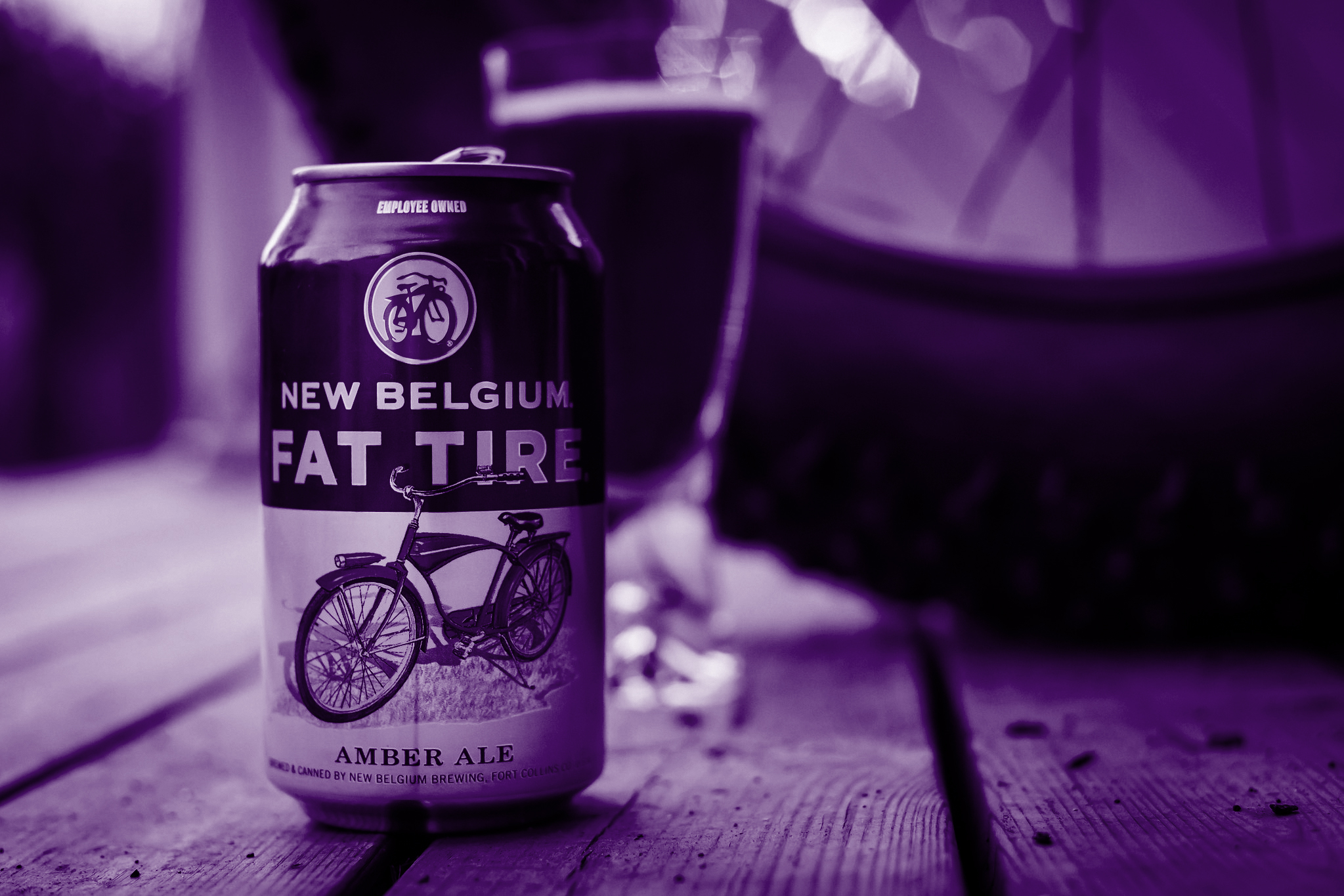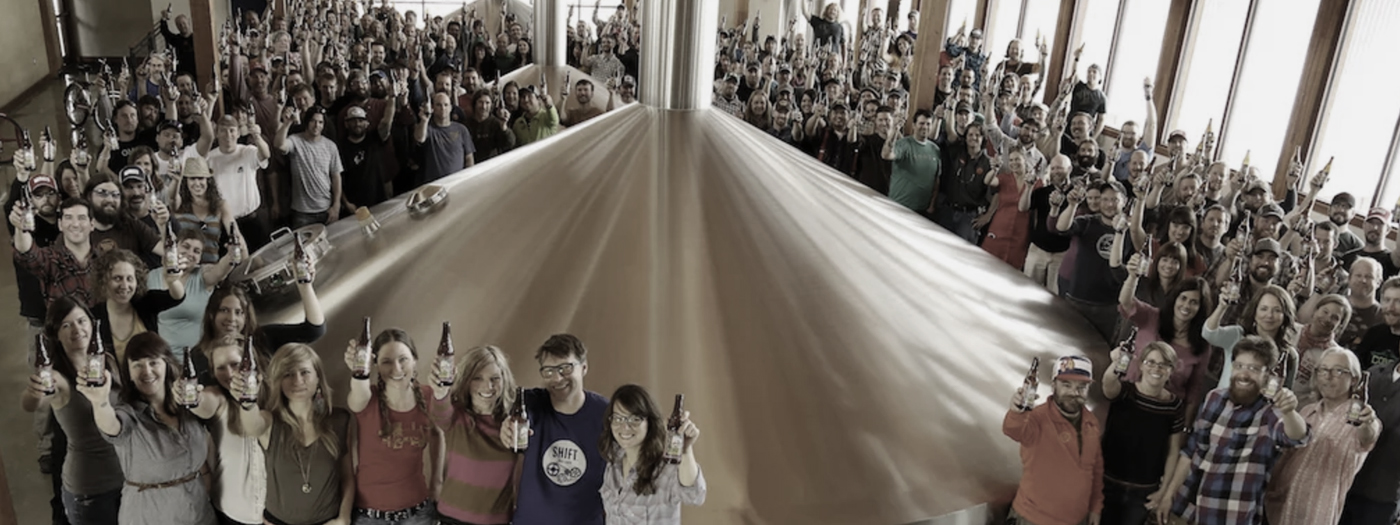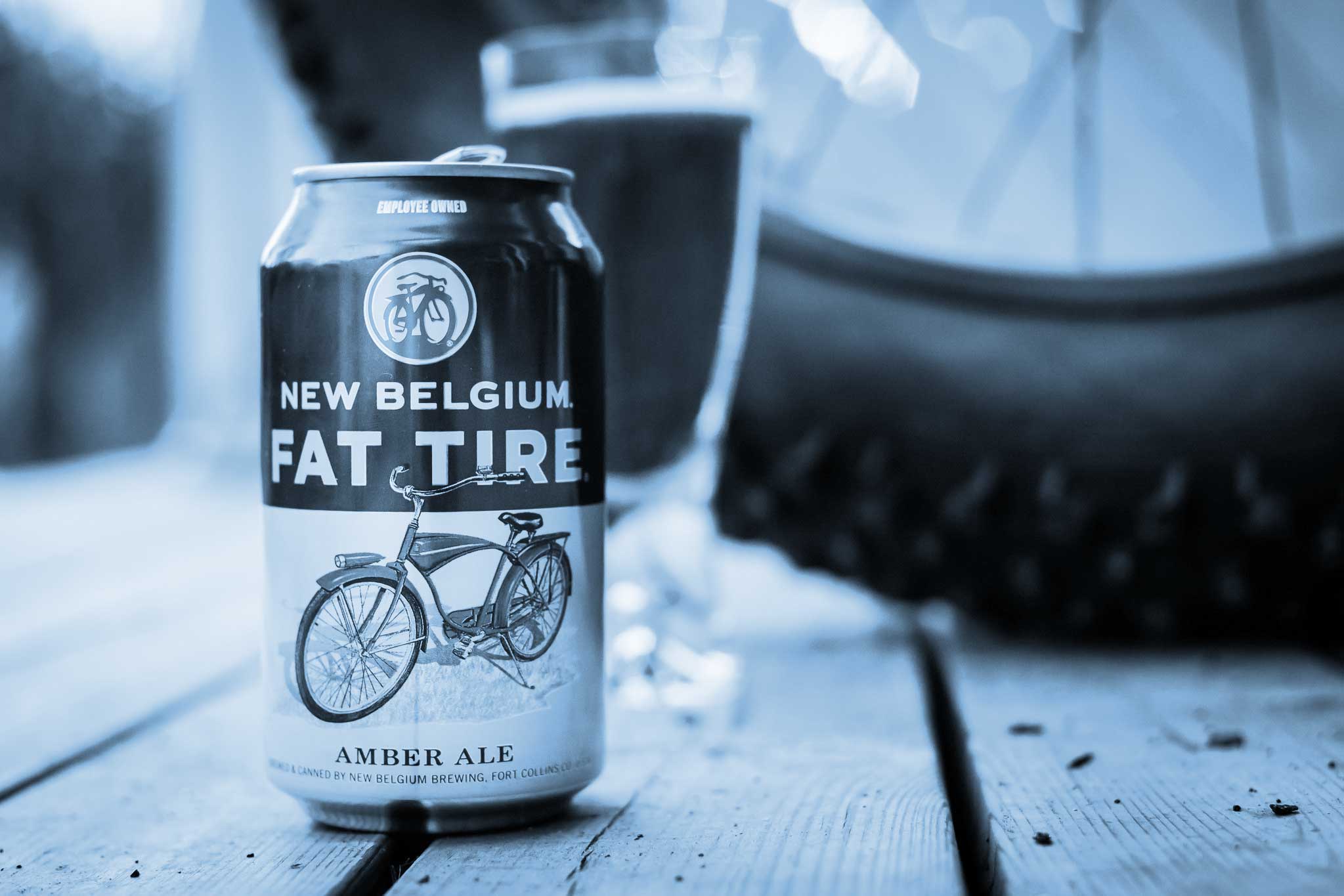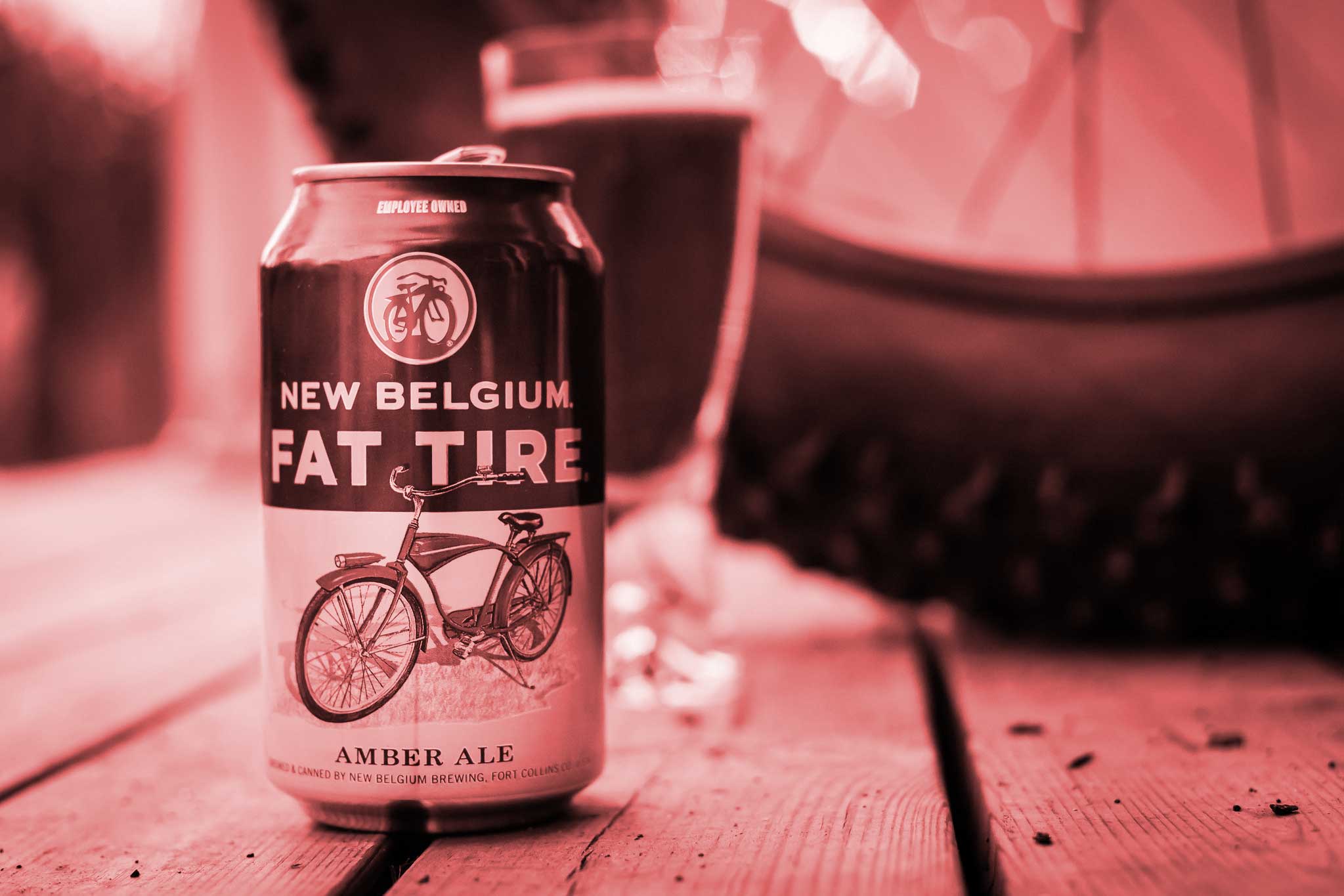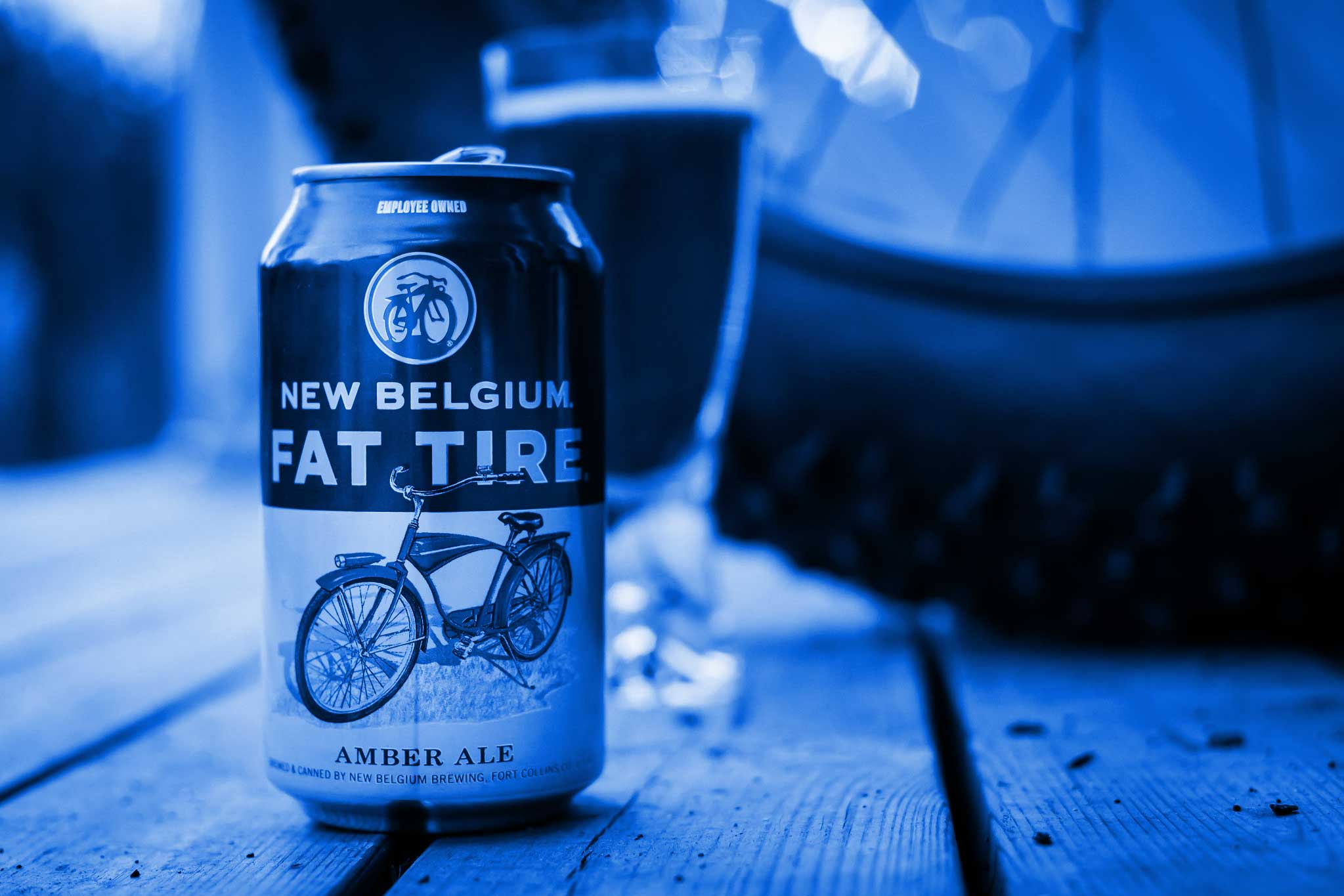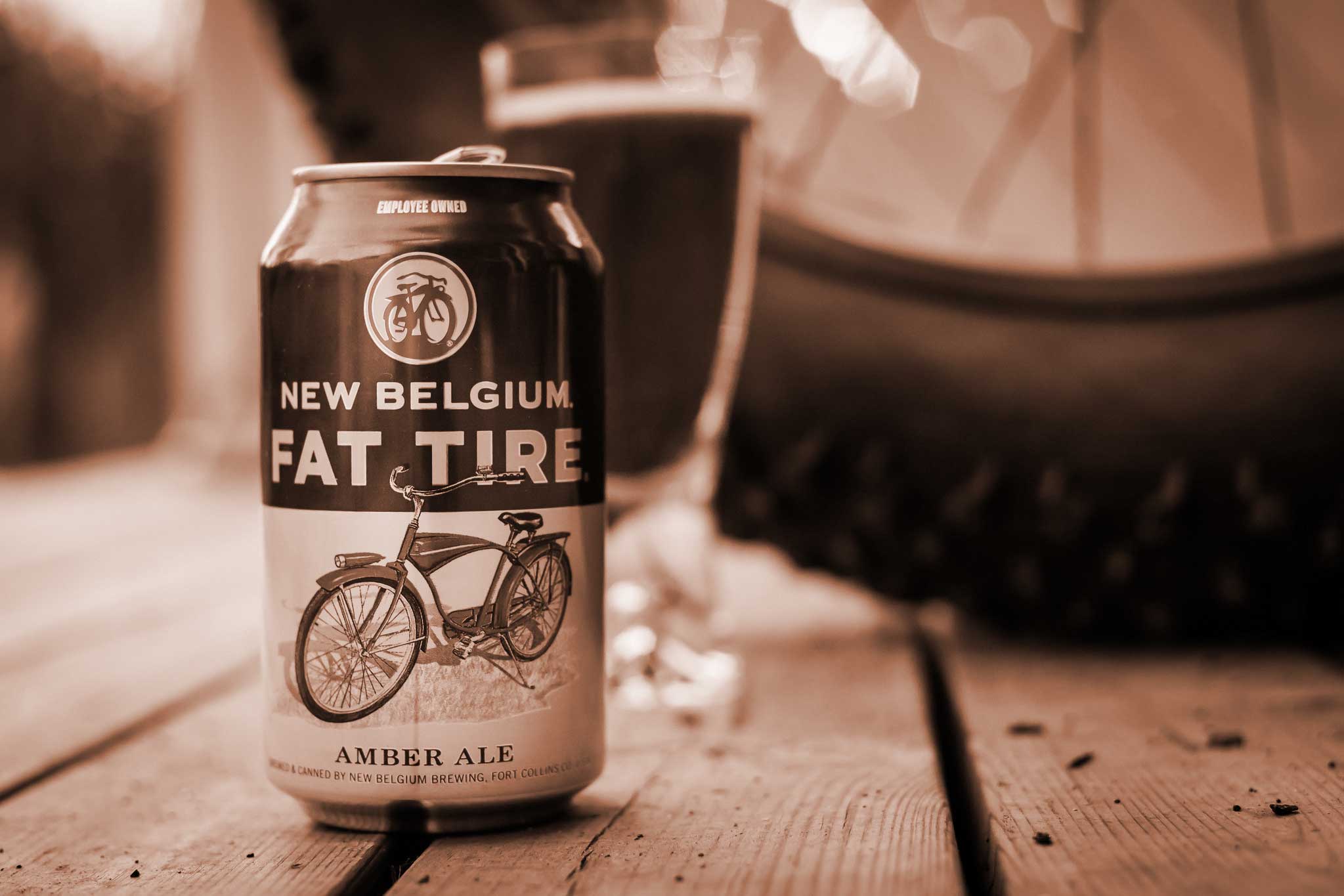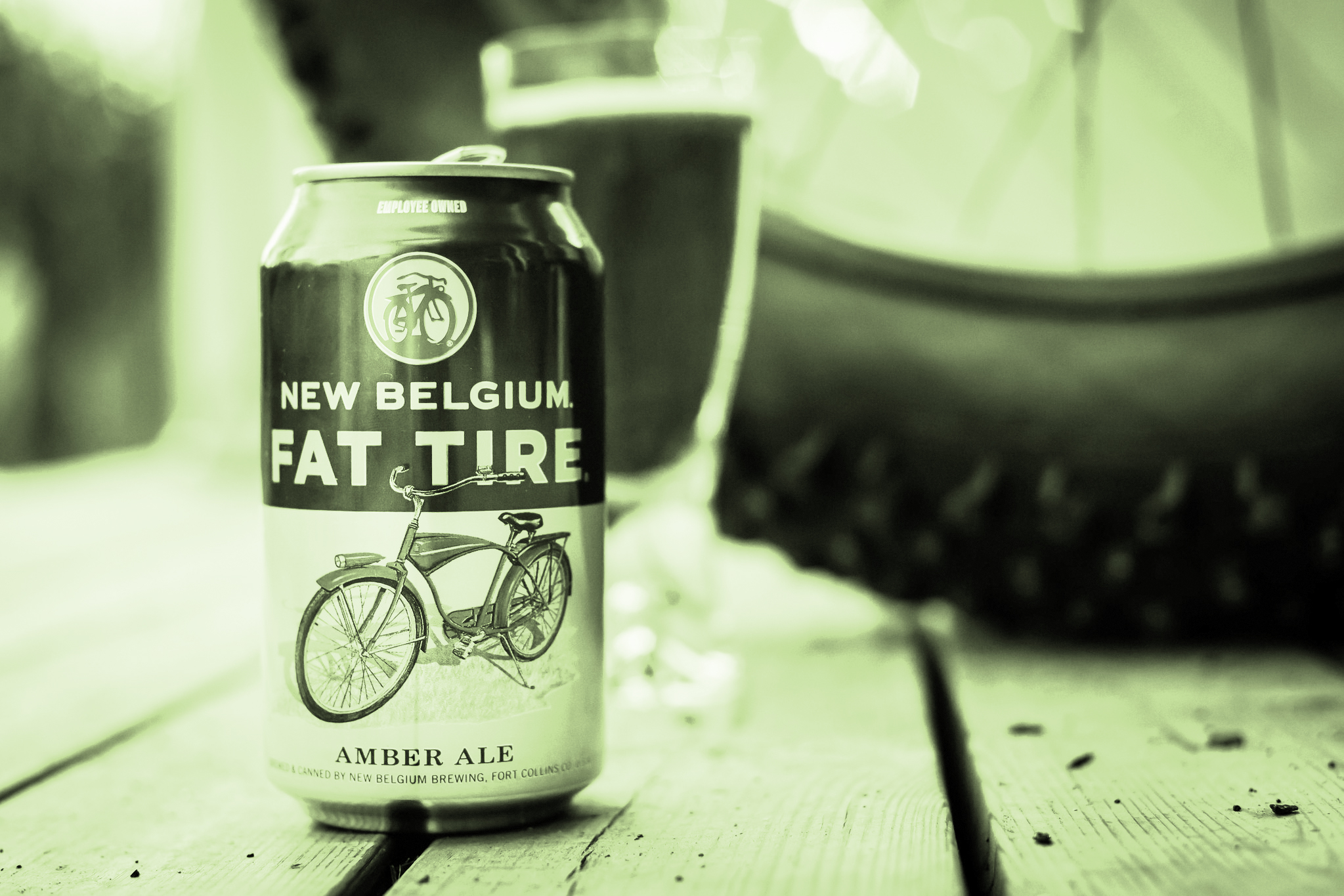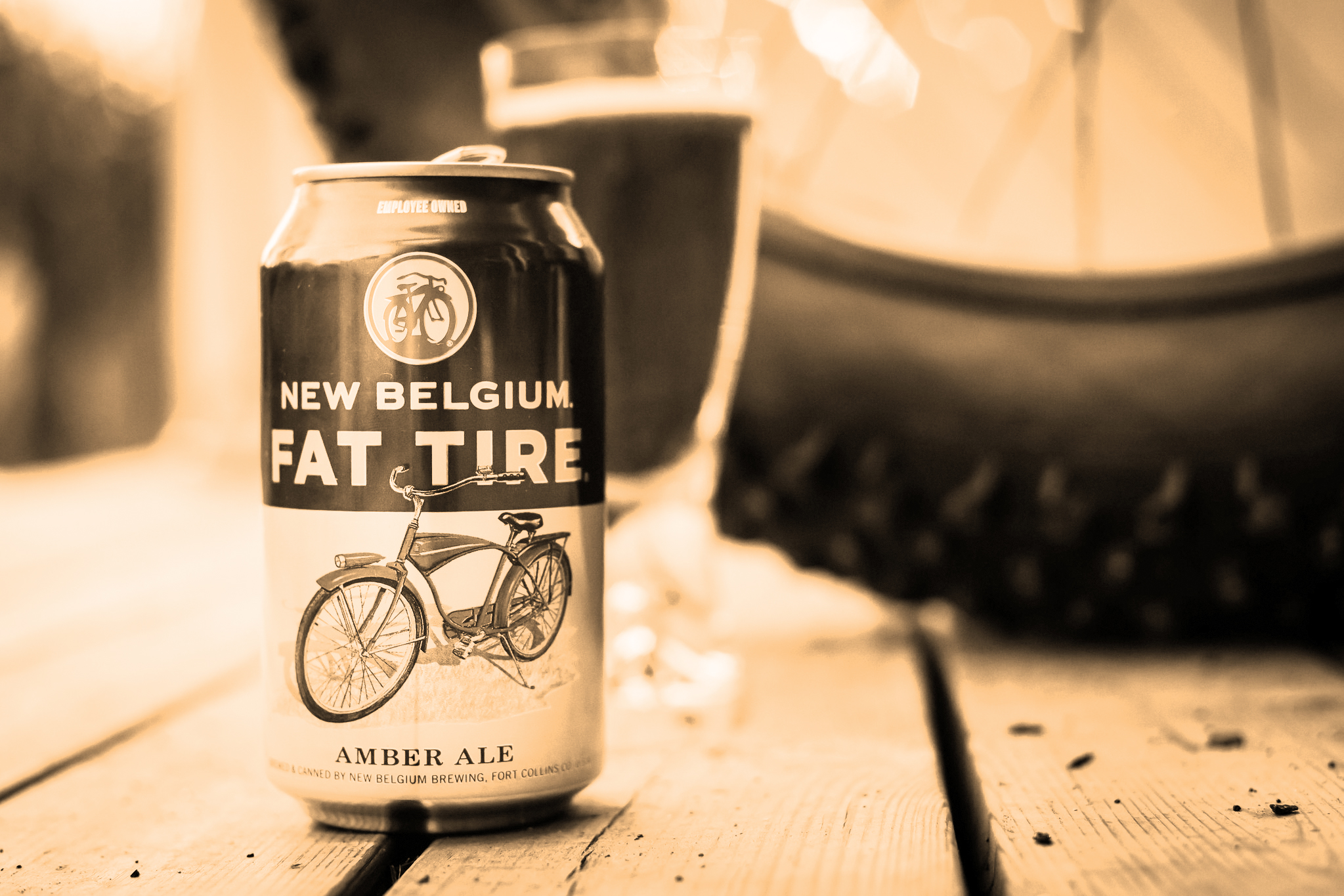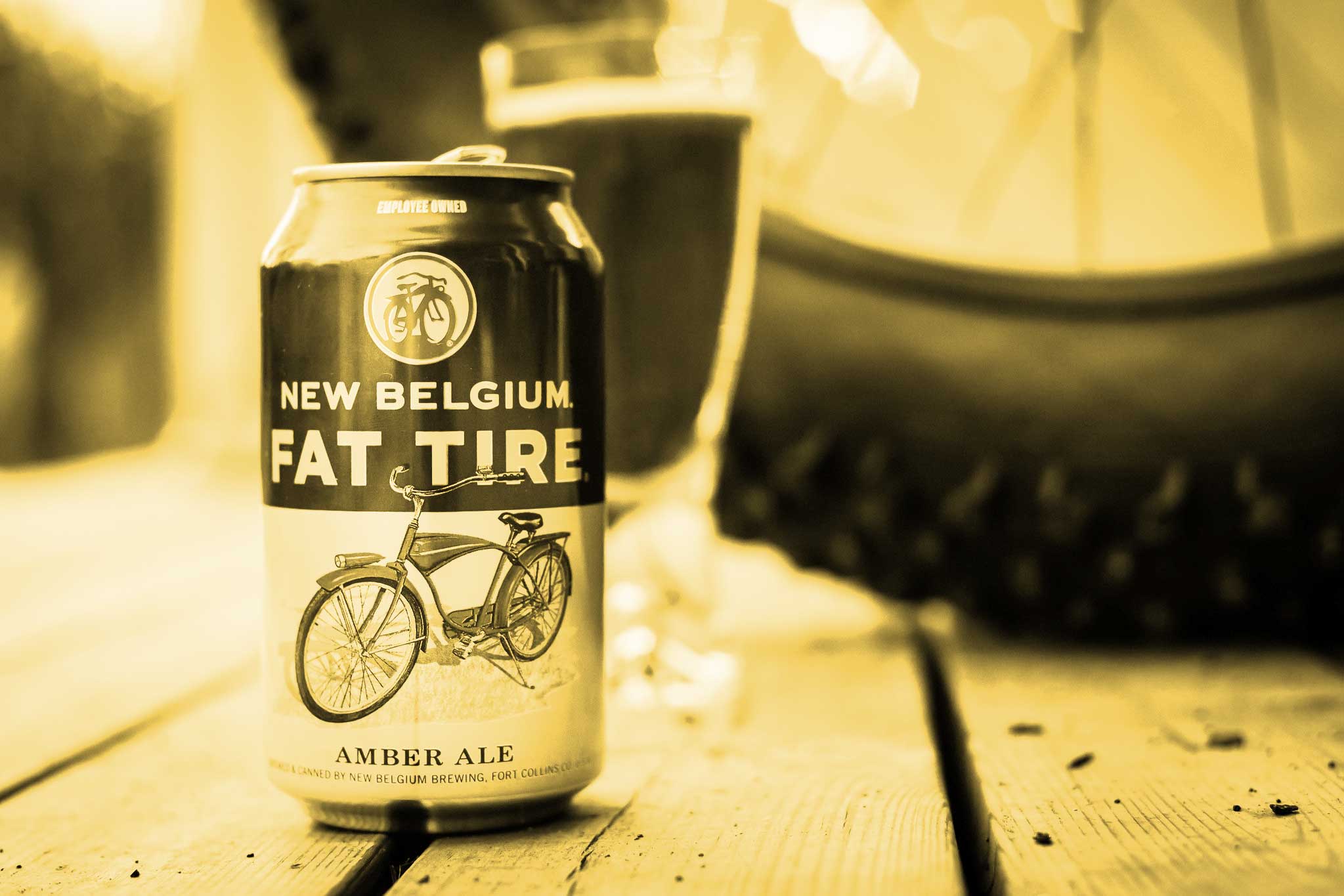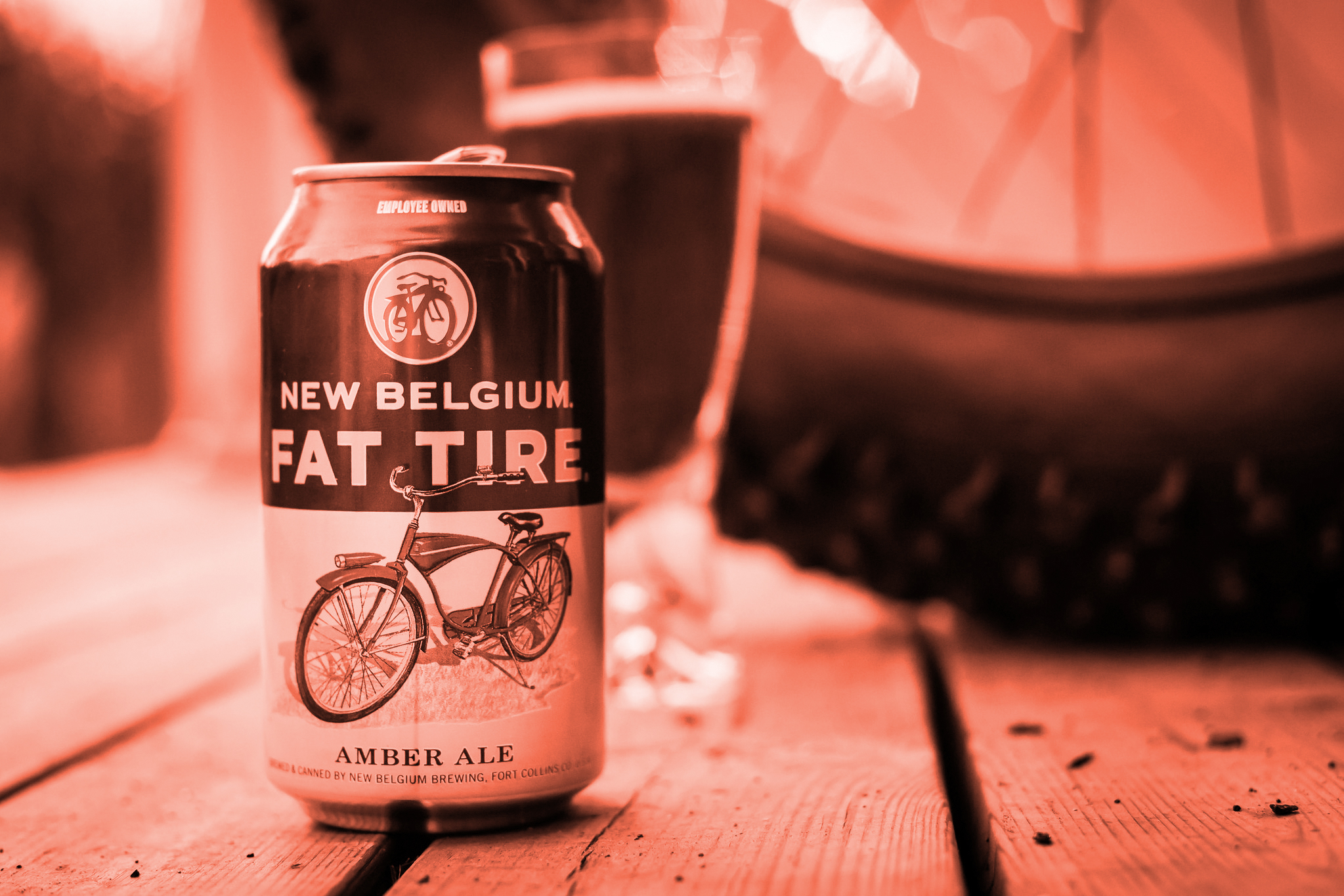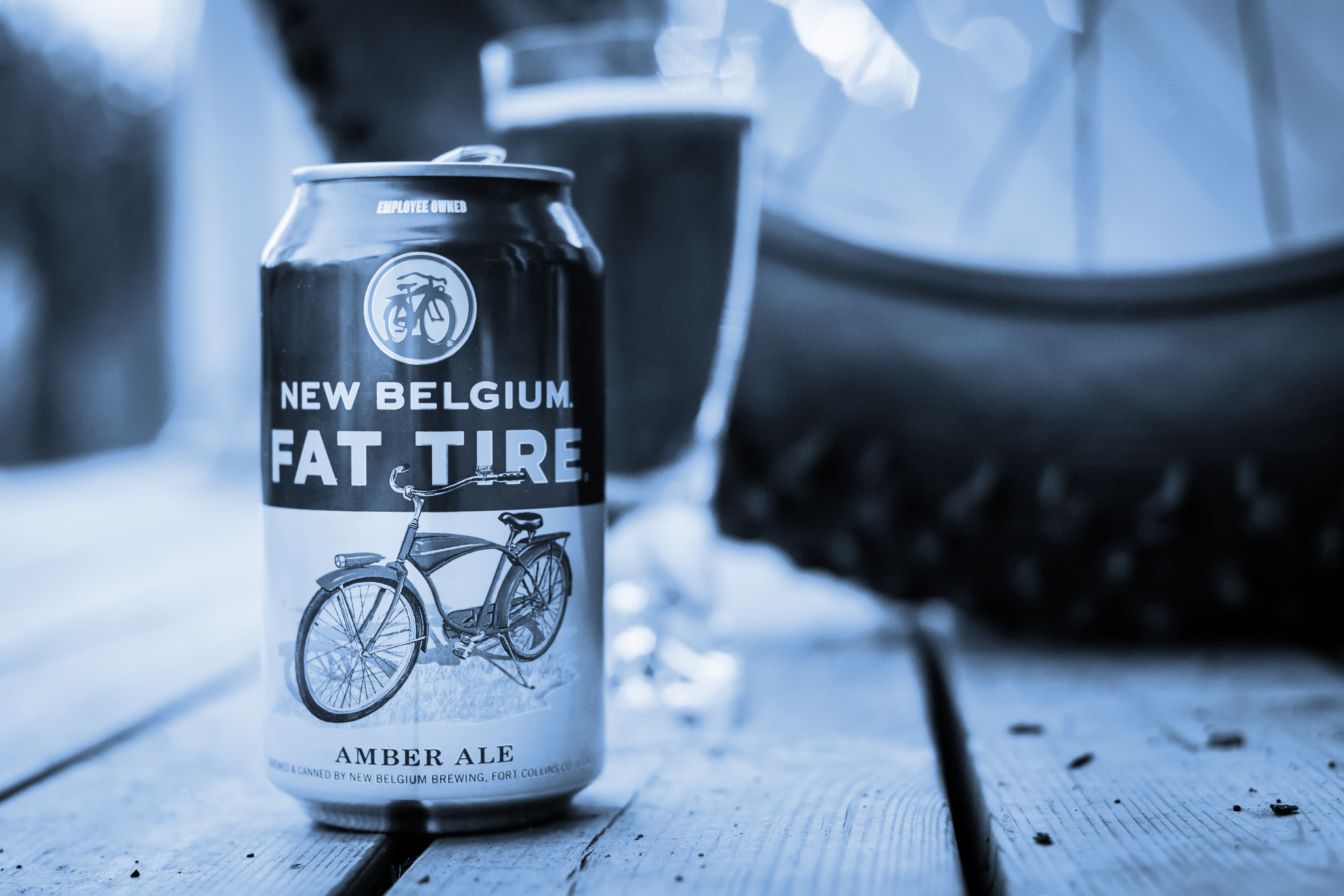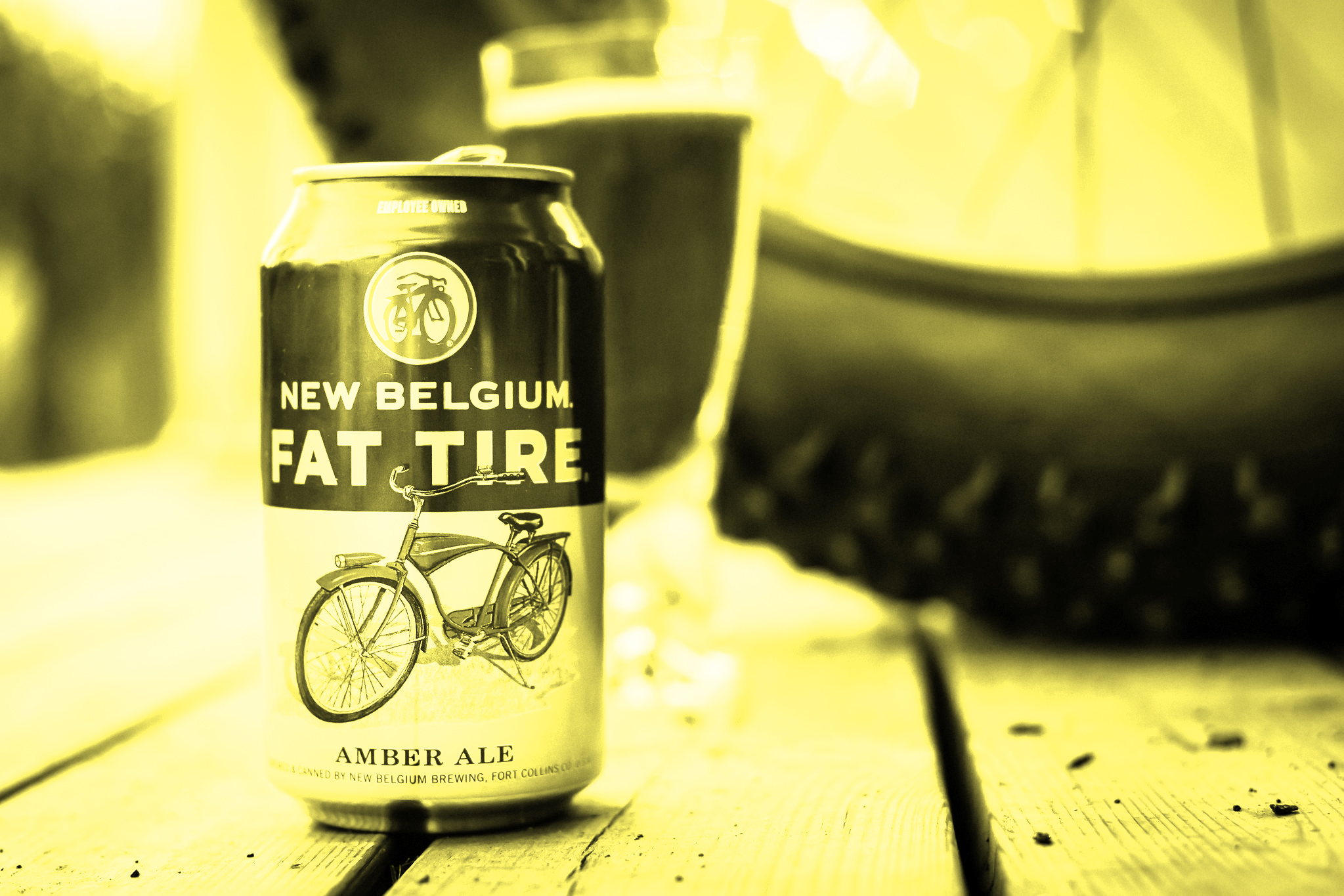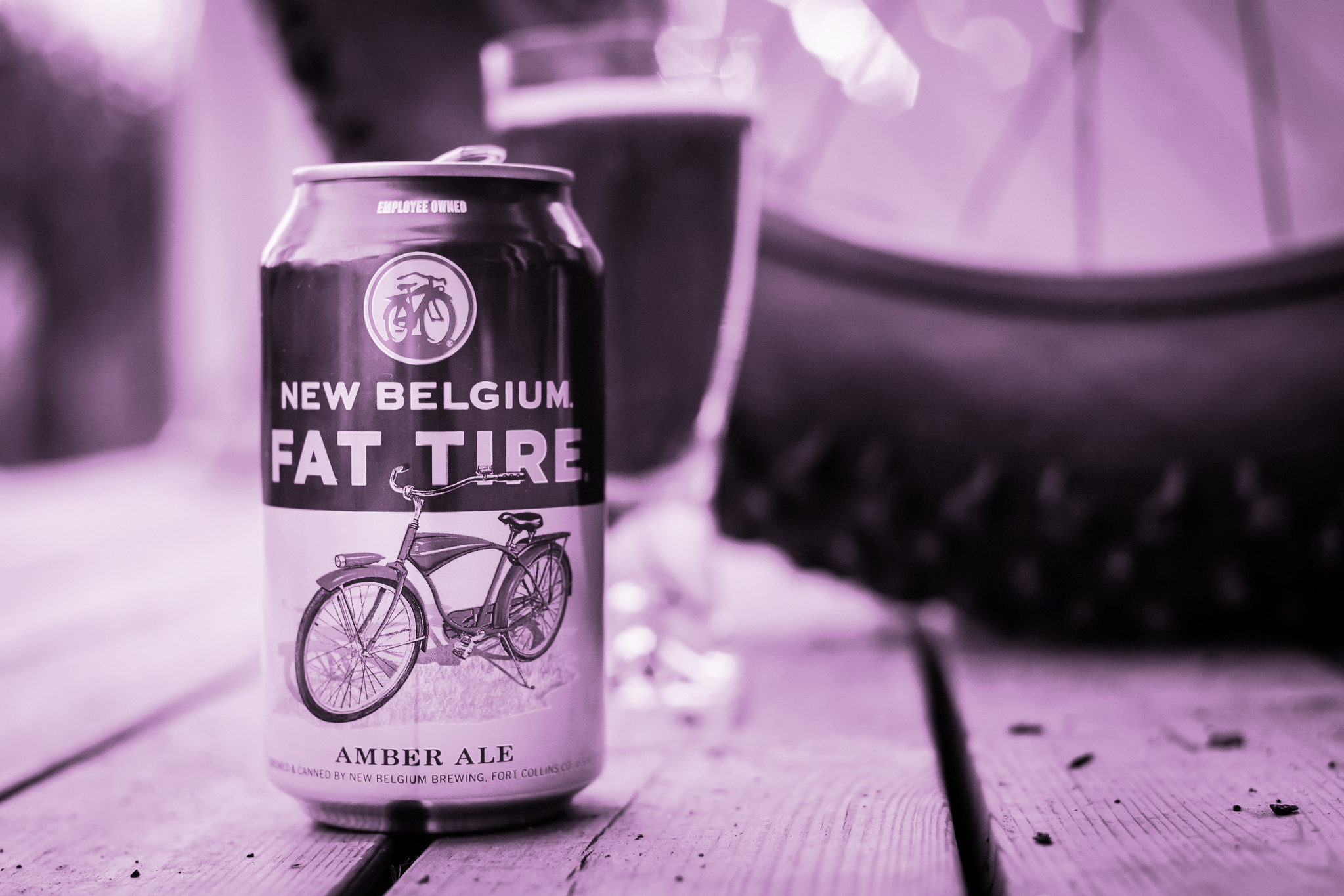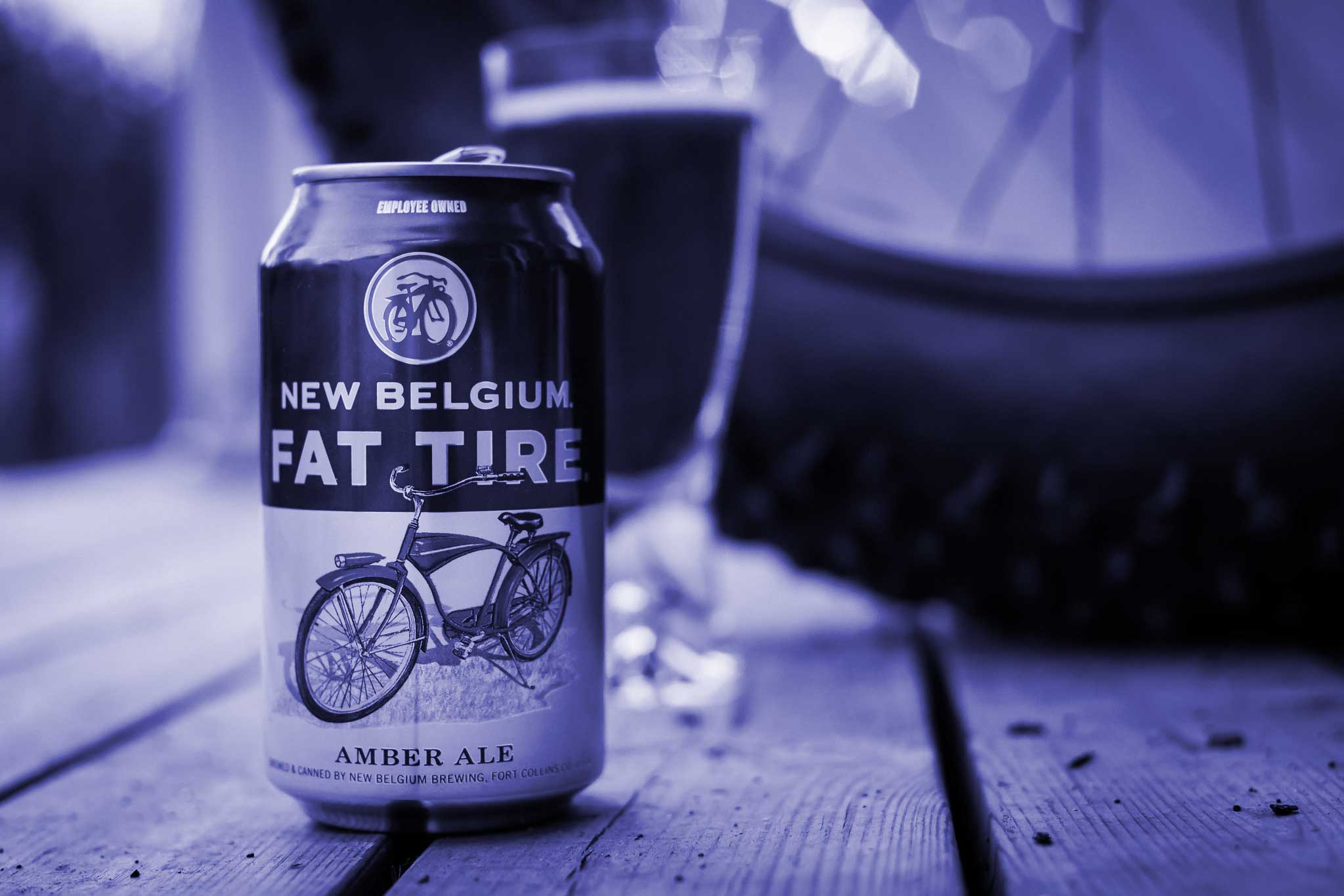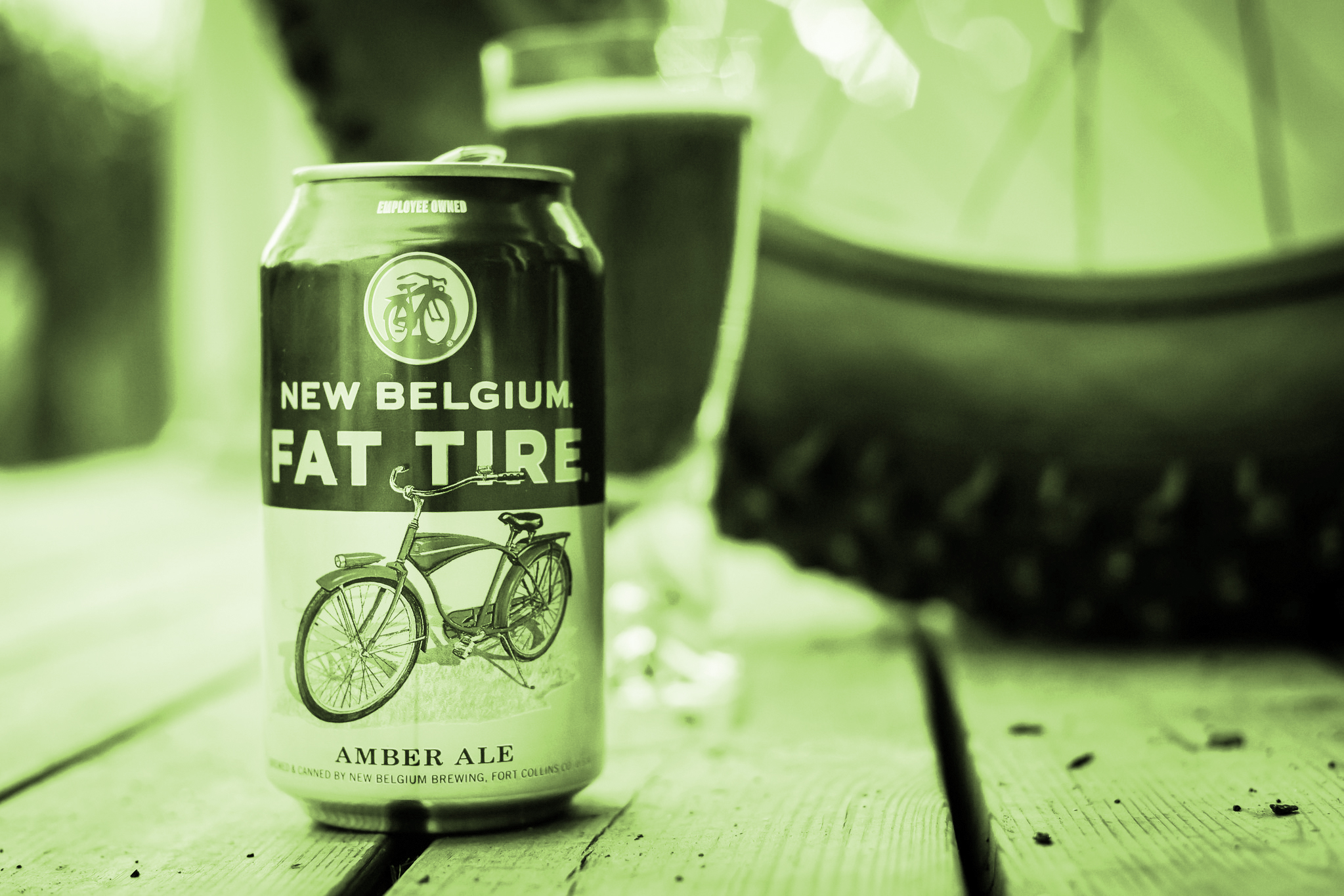With the sale of New Belgium Brewing, the United States has lost one of its favorite employee-owned companies. Founded in 1988, New Belgium started an employee ownership program in 2000. It was only in December 2012 that New Belgium moved to 100 percent employee ownership. Before and after its sale, New Belgium delivered millions of dollars in benefits to its employee-owners, which must be considered a success. Yet, New Belgium was only majority employee-owned for fewer than seven years.
The British have their own favorite employee-owned company: John Lewis Partnership. Originally founded in 1894, the popular retailer employs 88,900 associates and has been held in trust for its employees since 1929. In recent years, both conservative and liberal British governments have promoted the idea of moving to a “John Lewis economy.”
Both companies demonstrate employee ownership’s potential to build wealth for workers, transform labor-management relations, and improve customer service. But there is a significant difference between American and British styles of employee ownership.
New Belgium used an employee stock ownership plan (ESOP), a tax-qualified retirement program that acquires shares of the employees’ company and credits them to individual employee accounts. When an employee retires, the company must repurchase an employee’s shares with cash. ESOPs, while popular in the US, entail several challenges for companies that adopt them. An ESOP’s system of stock allocation, annual valuation, and repurchase––tracked for each employee––is complex and expensive. Also, the fiduciary obligations of the trustees who are charged with managing employee shares are demanding. Employee stock at ESOP companies like New Belgium must be managed in the best interests of employees as participants in a retirement plan, which may require ESOP trustees to make a decision to sell. Such a sale generally ends employee ownership of the company.
By comparison, John Lewis Partnership’s employee ownership program is simple. It is not based on individual stock ownership, and employees at the company do not have share accounts. Rather, all of the shares are held by trustees on behalf of all the employees. And John Lewis employees are not bought out at retirement. Rather, they enjoy profit-sharing during the years that they work at the company. The firm is therefore not subject to repurchase obligations or the need for annual valuations, and it avoids the workload that goes into planning for these requirements.
Moreover, John Lewis is managed with the expectation of preserving the company’s employee ownership for current and future generations of employees. John Lewis’s goal is to improve the lives of its workers, not to create a retirement nest egg. During their working lives, John Lewis employees enjoy a workplace culture that treats every employee with the dignity of a co-owner. Employees are equal partners in the business, from the first day on the job to the last, under the terms of the John Lewis Partnership Trust and the company’s Constitution.
U.S. companies too are beginning to take advantage of developments in American trust law to establish EOTs. Examples include the Seattle-based firm, Metis Construction, and Equity Atlas, a startup mortgage company.
Some ESOP advocates worry that employee ownership trusts won’t allow workers to build up nest eggs that capture the value of a successful, growing company. But an EOT-owned company can use a portion of its annual surplus to make an employer contribution to a standard diversified 401(k) plan. This satisfies a major critique of ESOPs, which is that employees have all their eggs in one basket.
The next step in broadening access to this simpler, less expensive, and perpetual form of employee ownership is public policy.
Although EOTs are legal and practicable in the U.S. today, the next step in broadening access to this simpler, less expensive, and perpetual form of employee ownership is public policy. This is already happening at the state level in Maryland, Wisconsin, and New York. Additionally, we should look to Congress to level the playing field between ESOPs and EOTs. One major step in this direction would be for Congress to smooth the process of transitioning from an ESOP to an EOT, a move taken by Organically Grown Company in 2018.
Who knows? Maybe another one of America’s favorite ESOP companies will want to transition to an EOT and become the “John Lewis” of the United States.
A longer version of this article, with more policy details, was originally published at Employee-Owned America.
Christopher Michael is a professor, attorney, and investment banker. More information about his EOT law practice can be found at www.eolaw.com.
